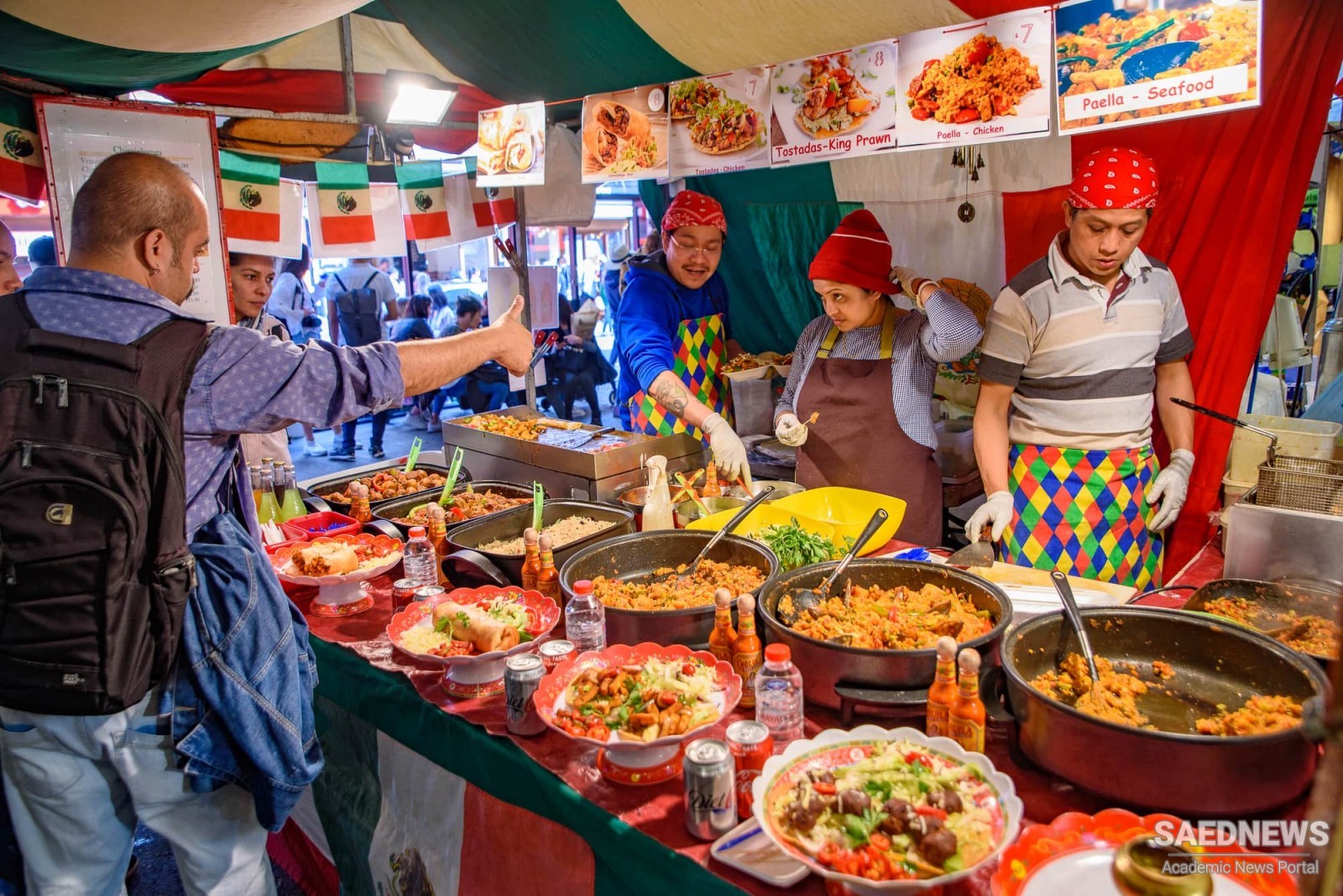Fernández-Armesto proposes six revolutions in the history of food. The first is cooking; the second is ‘the discovery that food is more than sustenance’; the third is domesticating and breeding certain animals to eat; the fourth is growing plants to eat; the fifth is ‘the use of food as a means and index of social differentiation’; the sixth is the trade over long distance of foodstuffs and associated cultures; the seventh is the ecological exchange and moving happening due to European colonialization; the final one is developed world industrialization. It is clearly manifest that food and drink tourism has beginnings and impulses through time and from each of Fernández-Armesto’s defined revolutions. There are two critical elements. One is food and drink emerging as more than subsistence articles and becoming items attached to ritual and way that are more complex than before as a result. The other is material and idea being transferred. moreover and specially, is that a considerable counter-revolution against food industrialization has appeared and that this is a main trigger to food and drink tourism emerging. Further, the arguments are that tourism is providing a needed society outlet to these concerns and for which it is the chosen candidate due to tourism’s essence being travel and since tourism allows time of adequate attention to an item that in daily life is more difficult. Perhaps, a revolution number seven can be said as in process. In effect, a society concern and interest is being explored and new styles of approach are being attempted through tourism as the medium. Modern tourism has helped the endeavour in two ways. First, in having needed to provide – to cater to mass tourism – new types of mass arena such as theme parks, resort complexes, airports, which are not bound by old cultural conventions, such fresh and hyper-industrialized entities have emerged to show size and inclusivity. So exclusivity and being ‘Un-tourist’ is the current prize of the minority. Second, in offering spaces distant from home, tourism has delivered areas relatively light of usual cultural and personal baggage – albeit that the basic entities of food and drink occupy any whereabouts – and so these lend themselves to experimentation and new idea without interruption and intrusion from weight of home opinion. This second dimension to tourism is what renders its importance as a matter of general interest and worthy of studying. As an activity encompassing most daily life features, but these being used and chosen by the tourist by criteria of pleasure and without unwanted distractions needing to be present, tourism can be used for experimentation. Tourism is a laboratory for ‘real’, everyday, life. It provides pointers to how everyday life may change and become. It should be noted for its significance, that alongside the tourist who is occupying temporary leisure space for experimentation and who is present in ‘leisure time’ will be the host who is residing in ongoing everyday space and keeping to norm and habit and who is located in ‘everyday time’.


 Traveling for Food: Ancient Practice and Evolving Methods
Traveling for Food: Ancient Practice and Evolving Methods














































